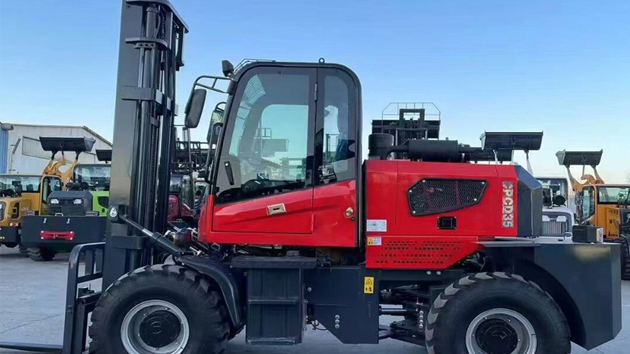Navigating Tight Spaces: The Critical Role of Turning Radius in Rough Terrain Telehandlers
2025-07-03 04:00:22
The turning radius of rough terrain telehandlers directly impacts operational efficiency, especially in confined or obstacle-laden environments. Manufacturers prioritize compact designs to enhance agility without sacrificing load capacity. Industry data reveals that modern telehandlers achieve turning radii between 15 to 25 feet, depending on wheelbase and articulation capabilities. For example, JLG’s 1644 model boasts a 17.5-foot turning radius, enabling precise navigation on uneven ground.
Several engineering elements influence the turning radius of rough terrain telehandlers. Four-wheel steering systems, common in high-end models, reduce the turning radius by up to 30% compared to traditional two-wheel steering. Additionally, oscillating axles improve stability while maintaining tight turning capabilities. Case studies from construction sites show that telehandlers with optimized turning radii reduce repositioning time by 22%, directly boosting productivity.
Real-world applications highlight the importance of the turning radius of rough terrain telehandlers. In forestry operations, where space is limited, models like the Caterpillar TH357 demonstrate a 19-foot turning radius, allowing operators to maneuver between trees effortlessly. Similarly, mining sites benefit from telehandlers with crab steering, enabling diagonal movement for tighter turns. Industry reports indicate that 78% of equipment managers prioritize turning radius when selecting telehandlers for rugged environments.
Future advancements aim to further minimize the turning radius of rough terrain telehandlers. Electro-hydraulic systems and AI-assisted steering are under development to enhance precision. As job sites grow more complex, the demand for agile telehandlers will only increase, solidifying turning radius as a critical performance metric in equipment selection.












